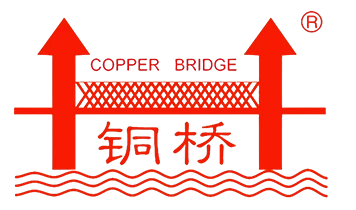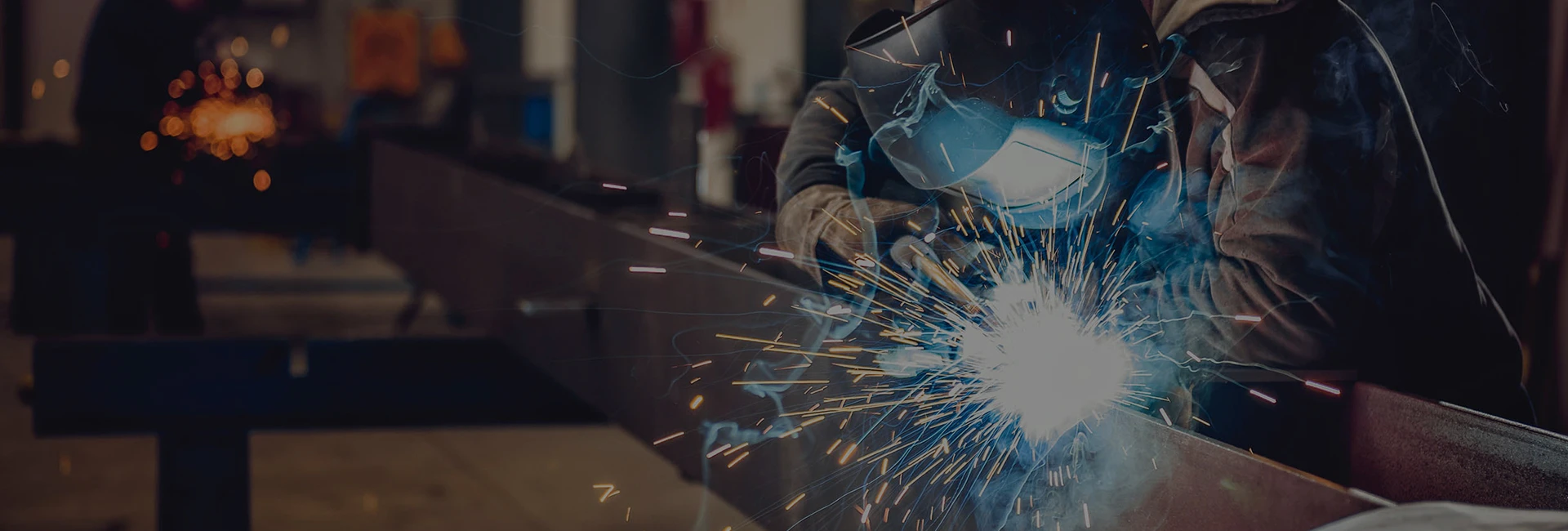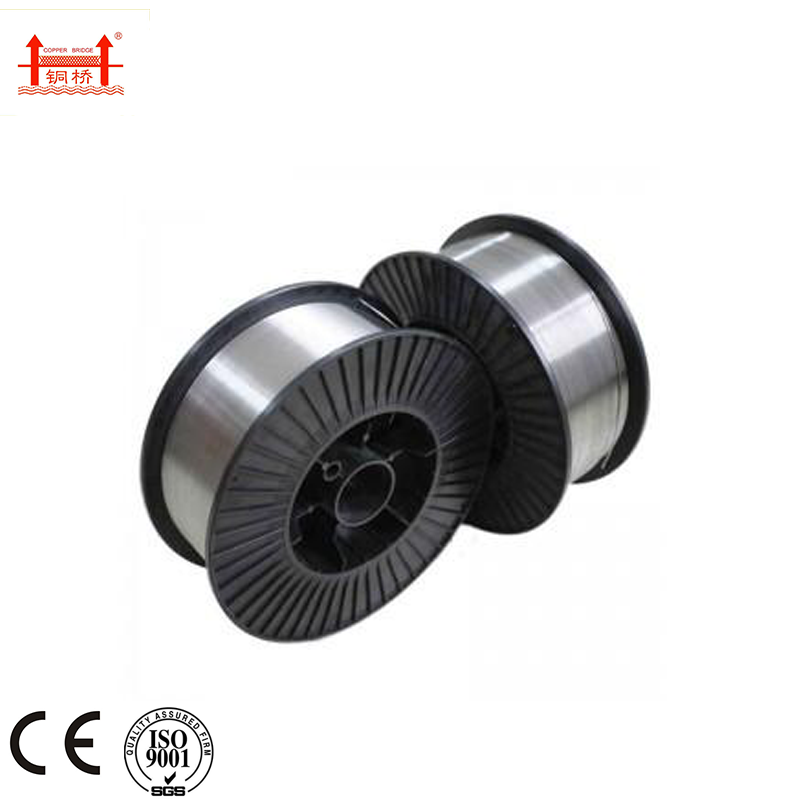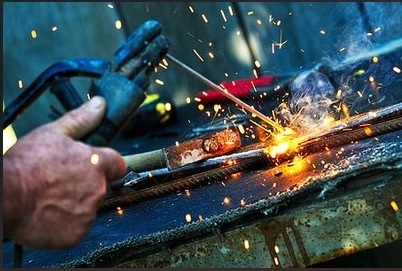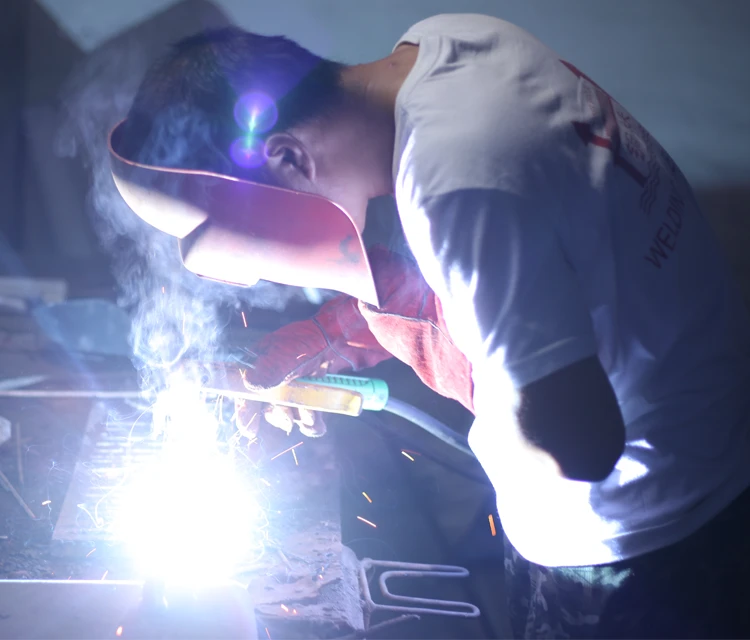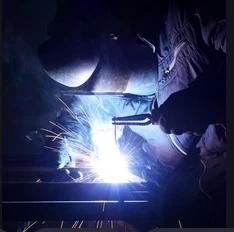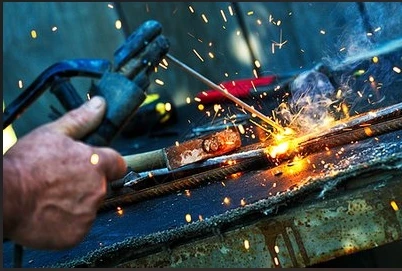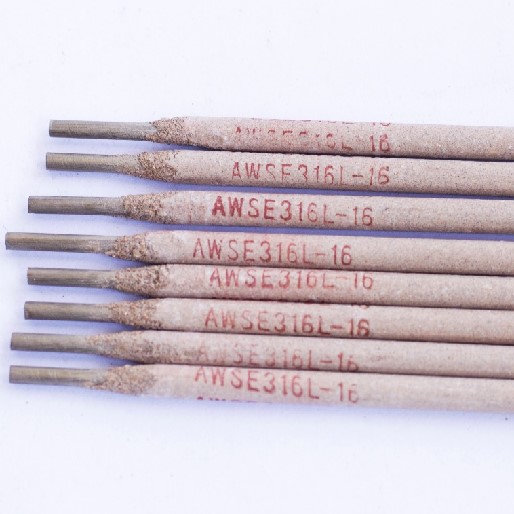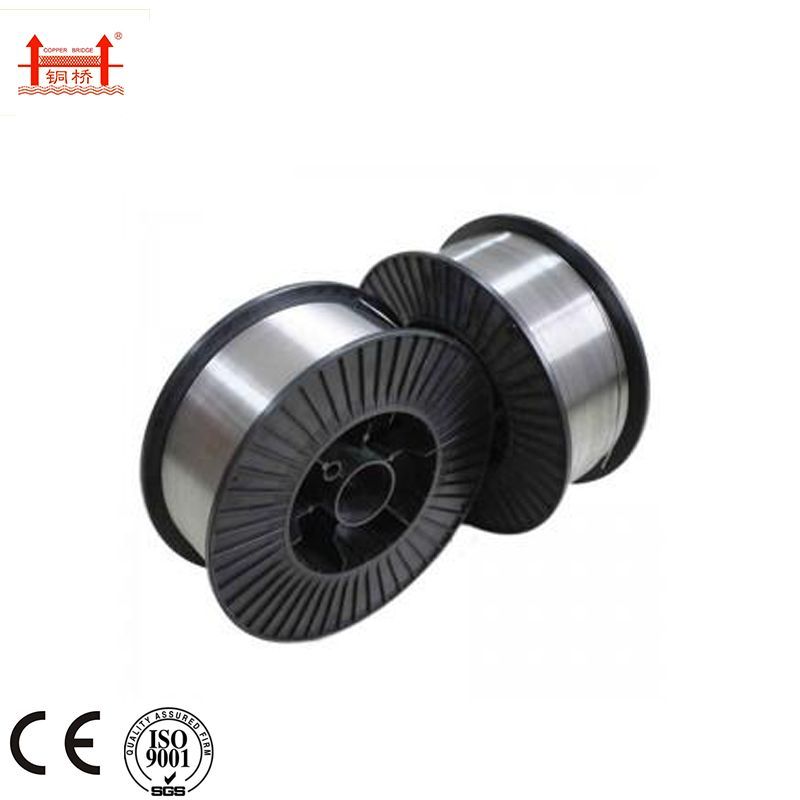Carbon Steel Pipe Welding Procedure: Best Practices and Tips
Nov . 11, 2025 23:00
Carbon Steel Pipe Welding Procedure: A Veteran's Insight
Welding carbon steel pipes is something I’ve done more times than I can count—and yet, it never ceases to remind me why attention to detail is key. Whether it's on-site work in rough conditions or the more controlled environment of a fabrication shop, the procedure makes all the difference between a solid joint and potential disaster.
Understanding the Basics of Carbon Steel Pipe Welding Procedure
First off, carbon steel pipes are a staple in industrial applications due to their strength and cost-effectiveness. But welding them isn't as straightforward as some might believe. The procedure involves specific steps: preparing the pipe ends, choosing the right welding method (often SMAW, GMAW, or GTAW), preheating for thicker sections, and post-weld heat treatment if necessary.
One thing I’ve learned over the years—the quality of your bevel and cleaning dramatically affects the weld. Removing all mill scale, rust, and oil is non-negotiable. Plus, the bevel angle typically ranges between 30° and 37.5°, which helps ensure good penetration and fusion.
Frankly, even with the best equipment, if these basics aren't solid, you’re just gambling.
Key Specs to Keep in Mind for Carbon Steel Pipe Welding
| Specification | Typical Value/Range | Notes |
|---|---|---|
| Pipe Material | Carbon Steel (A106, API 5L) | Most common for high-pressure pipelines |
| Welding Method | SMAW / GMAW / GTAW | Depends on pipe thickness and accessibility |
| Preheat Temperature | 100°C to 250°C | Prevent hydrogen-induced cracking |
| Electrode Type | E6010, E7018 | For root and fill passes, offering good penetration and slag control |
Choosing Between Welding Vendors for Your Carbon Steel Pipe Needs
Picking the right welding suppliers or electrode brands isn’t just a checkbox on your procurement list. I recall a project where switching from a generic brand to Jinlong Welding Electrode made a world of difference. The welds were cleaner, the slag easier to remove, and the defect rate dropped—a rare win when pressure and schedules collide.
| Vendor | Electrode Quality | Availability | Price | Customer Support |
|---|---|---|---|---|
| Jinlong | High (consistent arc and penetration) | Excellent (global stock) | Moderate | Responsive and technical guidance |
| Brand A | Medium | Limited | Low | Basic |
| Brand B | Low | Good | High | Limited |
A Word on Procedure Testing and Real-World Application
I can’t stress enough how vital it is to verify your welding procedure through testing—especially if you’re handling pressure lines. Destructive testing like bend and tensile tests, alongside non-destructive evaluations (NDE), can save you headaches down the line. A customer of mine once skipped these steps to save time; the result was a costly redo and a giant facepalm.
Oddly enough, implementing a proper procedure sometimes feels like a hidden art—the right balance of materials, heat, and technique. And this balance varies based on pipe diameter, wall thickness, and even environmental conditions. I’ve dealt with welding outdoors in biting cold and inside cramped spaces where maneuverability was a puzzle in itself. Each time, the core principles stayed steady.
One final nugget: always document your procedure. It’s not just paperwork; future welders will thank you, especially when something unexpected pops up—because it always does.
So, if you're looking for reliable carbon steel pipe welding electrodes or simply want to sharpen your process, remember that quality and preparation go hand in hand.
Welding might seem routine, but trust me—it pays to do things properly every single time.
References & Reflections:
- Experience from decades of industrial welding projects and site operations.
- Technical data sheets and product manuals from welding electrode manufacturers, including Jinlong.
- Industry standards such as ASME Section IX for welding procedure qualifications.
Related Video


